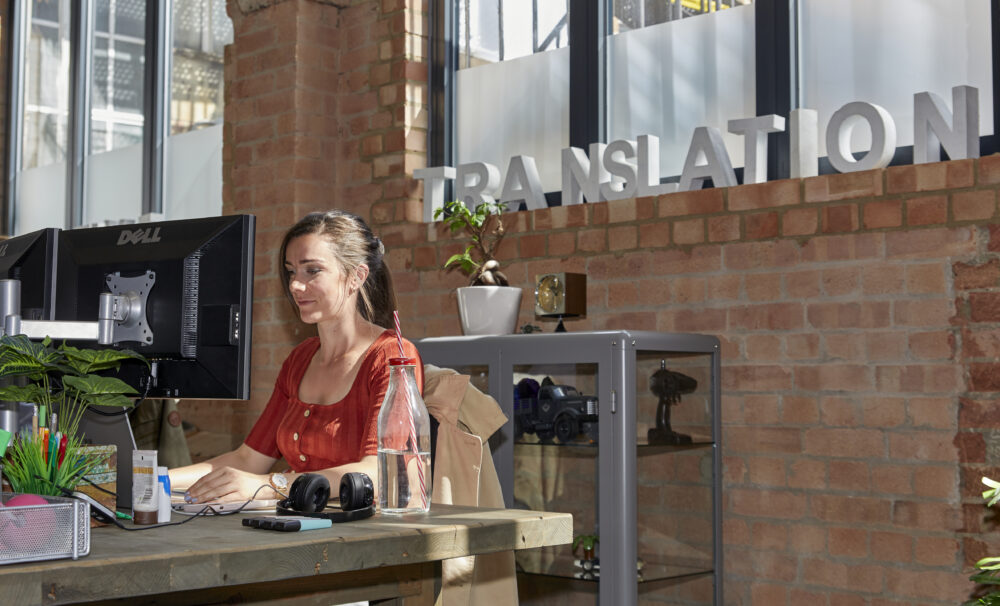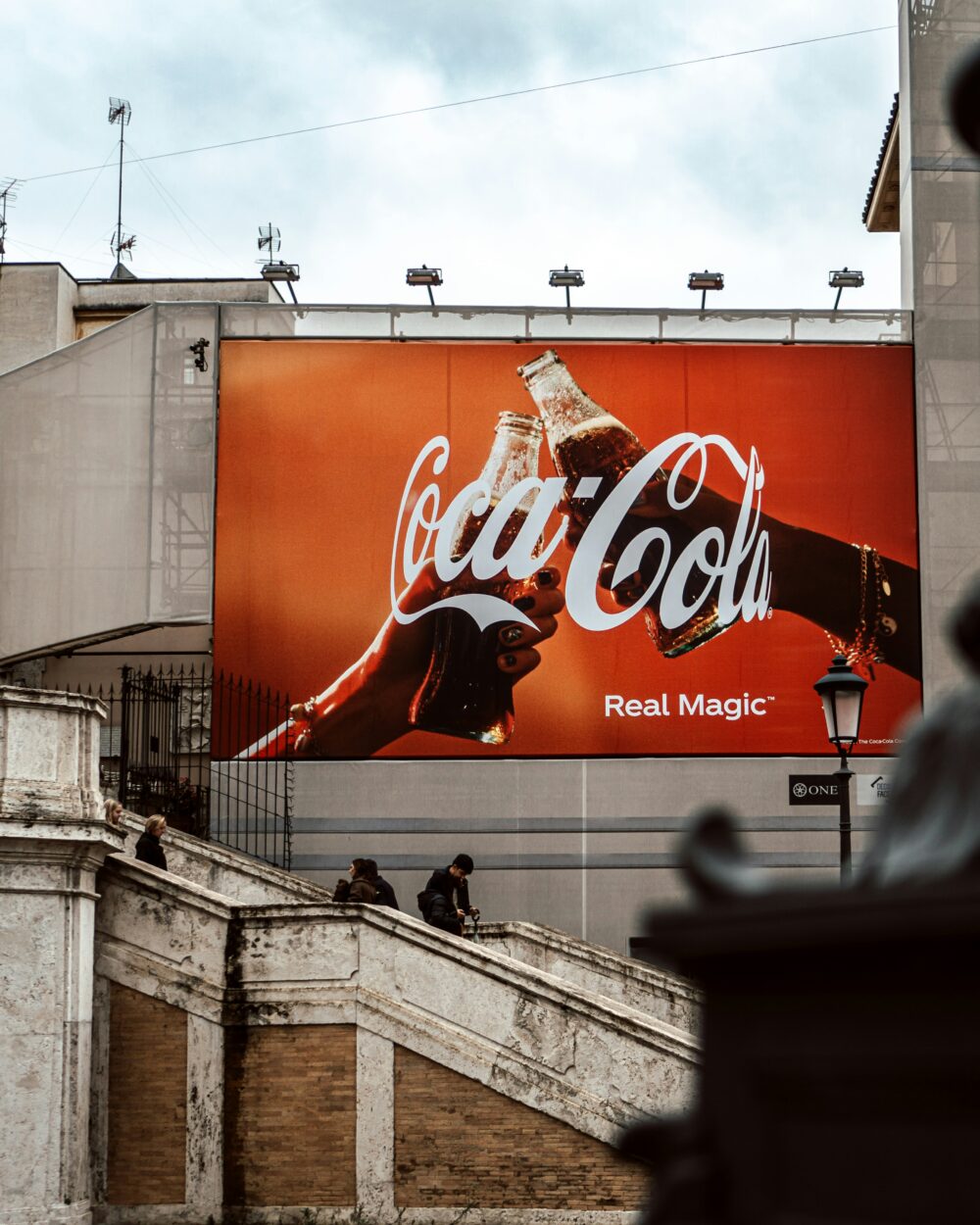Mastering the art of translation is a challenge we are faced with on a daily basis here at Creative Translation. We have mentioned recently that knowing a foreign language doesn’t mean being a language professional, as the latter entails specialised training that helps in dealing with the often ambiguous nature of translation.
Interpretation of texts can often be relative, and there is certainly not only one way of expressing a message in another language. As a result, many argue that translation quality assessment is a subjective task, which is vague and hard to define.
If you are as intrigued and fascinated as we are and you would like to find out more about this topic, keep on reading as we reveal the essential steps to ensuring translations are of the highest quality.
Defining quality and a high quality translation
As per one of the definitions in the Oxford Dictionary, quality is the “general excellence of standard or level”; but who defines quality in translation? Is it the client? The end user? Or the translator?
If the answer is the client, then clearly a good quality translation is one that serves a specific purpose, which might be, for instance, the return on investment as sales and an increase in business. If quality is defined by the end user, on the other hand, then it could be that a high quality translation is one that doesn’t read like a translation, but instead as though it was originally written in the target language.
In truth, the parameters used to define the quality of a translation won’t be the same in each and every scenario and, as a consequence, quality needs to be assessed on a case-by-case basis.
Sounds rather complicated, right? Don’t panic, we are here to prove it’s not! Read on to find out the parameters that can be used to define high quality translation.
Accuracy and creativity
One way to determine whether a translation is of high quality or not is accuracy against the source copy. Preserving the message of the original clearly plays a role in producing a good translation; after all, we are talking here about translation, and not copywriting! However, once again, to what extent we should adopt this parameter depends on each individual case, and can’t be generalised.
When faced with a technical text, accuracy is certainly paramount to a good translation and we can all agree that there is little room for creativity. The criteria change, though, when we are dealing with marketing or highly promotional texts.
As outlined in our Advertising Translation article, marketing translation needs to focus on the message rather than the words. Hence, in order to consider a marketing translation of high quality, the target text doesn’t necessarily have to be completely accurate. The level of creativity, instead, might be the most important parameter here. The goal is for the translator to come up with something equally effective in the target language as the original, and creativity is required more often than not.
Style
Style is also particularly relevant when assessing the quality of a marketing translation. Creative texts often allow the style of the writer to show through much more than in technical copy, and being able to reproduce that same style in the target text is essential to defining the quality of the translation.
Through the use of a friendly tone, for instance, the writer is trying to produce a specific effect on the reader. The role of the translator is to produce the same effect by using the equivalent style in the target text.
Please note that we say “equivalent” style and not “the same”, because using the same level of friendliness might be perceived as overly familiar in a certain language. The effect achieved might therefore not be the desired one. Hence it is more accurate to say that in a high quality translation it is the equivalent style of the original writing that produces the same effect in the reader.
On the other hand, technical texts also present some peculiar stylistic features that need to be reproduced in the target copy in order to consider the translation a good quality one.
Terminology, grammar and punctuation
Another box to tick when it comes to quality assurance is terminology. Technical translation is a fitting example of how using the correct terminology can determine whether a translation is good… or not so good.
In fact, appropriate use of terminology could even be considered part of accuracy, since if we are using the wrong term, we are also inevitably conveying a different message than the source text, and hence we are being inaccurate.
Last but by no means least, there is grammar and punctuation. Imagine a marketing text with an idiom that has been wonderfully translated into another language, but it is accompanied by a horrible typographical error. That would certainly spell disaster! (sorry, we couldn’t resist the pun there…).
Grammar is possibly the one parameter that never changes. Either a translation is grammatically correct or it isn’t, and this will make that translation a good quality one or not.
Texts that are grammatically incorrect or that have punctuation mistakes can seriously jeopardise a brand’s or business’s credibility and prestige. It’s imperative to get these things right!
So how can we ensure the highest quality standards in translation?
The answer is language professionals (note the ‘s’ at the end!). It is extremely important that translation is handled by a professional linguist, but it is equally important that the linguist’s work is supported by a team of experts who are able to look after the quality of the translation at every step of the way.
A native-speaker editor and a quality checker will act as all-important additional pairs of eyes, making sure that the translation is accurate or creative enough, but also doesn’t sound like a translation at all. This is, in the end, what we are looking for: a text that is adequately faithful to the source copy but at the same time sounds natural and idiomatic in the target language… and is free from any horrible grammar or punctuation errors!
Finally, let’s not forget that even the best team of linguists is not as effective or valuable if there isn’t a project manager guiding them towards the best results. PMs make sure any issue spotted along the way is promptly and appropriately solved, and that the final product is always in line with the client’s needs and expectations.
Quality assurance in the translation industry
All in all, quality can indeed be subjective at times, however establishing the right parameters is the way to go to make sure the final product is up to our exacting standards.
The importance of having the right team of linguists and a dedicated Project Manager to guide them cannot be stressed enough. Their work and collaboration is vital to ensuring the high quality of the final translation.
If you are in need of professional translation services, give us a call today on +44 (0)207294 7710 or email us at info@creativetranslation.com. Our Project Managers will find the perfect team of linguists and will work together with them to provide you with the high quality product you need.




